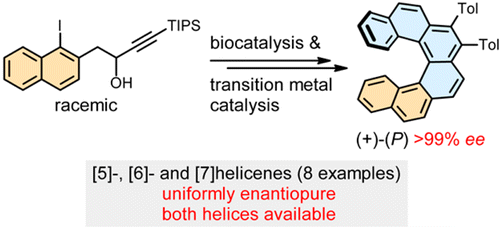2015
Coulomb Explosion during the Early Stages of the Reaction of Alkali Metals with Water
Explosion of sodium in water is accompanied by formation of steam and hydrogen.These gases should,however,separate the metal from water and thus quench the reaction. Pavel Jungwirth and his team at IOCB discovered a hitherto unknown mechanism of the explosive behavior of alkali metals in water. After migration of electrons from metal to water the former acquires a huge positive charge.This leads to a Coulomb instability which enables effective mixing of reactants and subsequent explosion.

| Snapshot from an ultrafast camera show the primary stages of the explosion of a Na/K alloy drop in water. |
Mason P., Uhlig F., Vaněk V., Buttersack T., Bauerecker S., Jungwirth P.:
Coulomb explosion during the early stages of the reaction of alkali metals with water.
Nature Chemistry 7: 250–254, 2015.
Contacts: Prof. Pavel Jungwirth [pavel.jungwirth@uochb.cas.cz].
Triggering HIV polyprotein processing by light using rapid photodegradation of a tight-binding protease inhibitor
HIV protease is necessary for the maturation and infectivity of the virus. However,the molecular mechanism of its activation have not been analyzed in detail. We describe the development of a potent and specific inhibitor of HIV protease that can be degraded by light.We have prepared the virus in the presence of the inhibitor and showed the viral processing can be rapidly triggered by laser light. We can thus analyze the timing, regulation and spatial requirements of viral processing in real time.

Schimer J., Pávová M., Anders M., Pachl P., Šácha P., Cígler P., Weber J., Majer P., Řezáčová P., Krausslich H.G., Muller B., Konvalinka J.:
Triggering HIV polyprotein processing by light using rapid photodegradation of a tight-binding protease inhibitor.
Nature Communications 6: 6461, 2015.
In cooperation with: Gilead Sciences, Foster City, USA.
Contacts: Dr. Jan Konvalinka [jan.konvalinka@uochb.cas.cz].
An Ultimate Stereocontrol in Asymmetric Synthesis of Optically Pure Fully Aromatic Helicenes
Helicity plays an important role in various fields of science. Helicenes, as perfect examples of helical molecules, have been extremely difficult targets for stereoselective synthesis for more than half a century. Now, the researchers at IOCB ASCR have discovered how to prepare optically pure helicenes from simple starting materials combining bio- and transition metal catalysis. It opens a range of opportunities for developing helicene-based catalysts and materials.

| Preparation of uniformly enantiopure fully aromatic [5]-,[6]-, and [7]helicenes. |
Šámal M., Chercheja S., Rybáček J., Vacek Chocholoušová J., Vacek J., Bednárová L., Stará I.G., Starý I.:
An Ultimate Stereocontrol in Asymmetric Synthesis of Optically Pure Fully Aromatic Helicenes.
Journal of the American Chemical Society 137: 8469-8474, 2015.
Contacts: Dr. Ivo Starý, [ivo.stary@uochb.cas.cz].